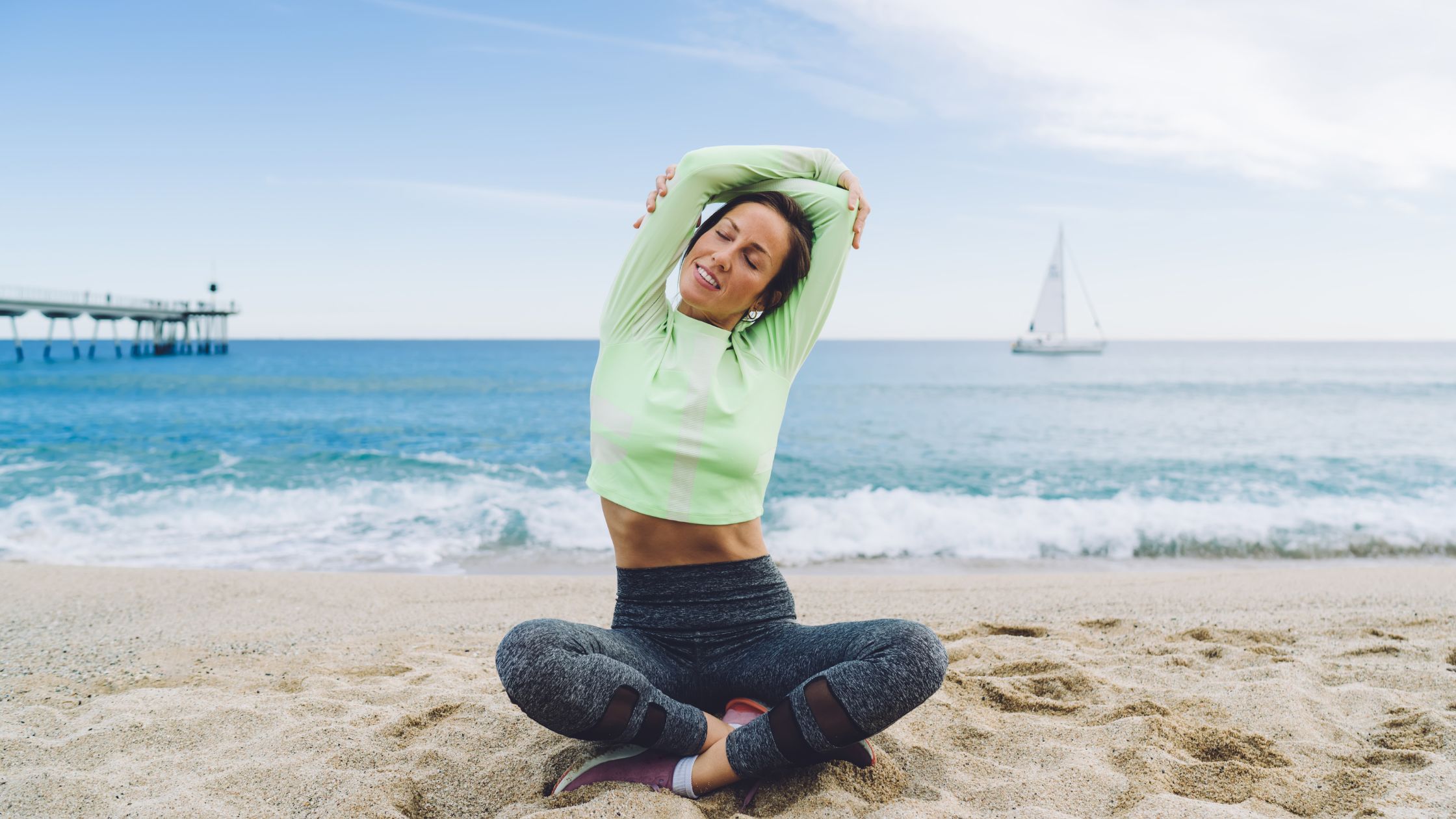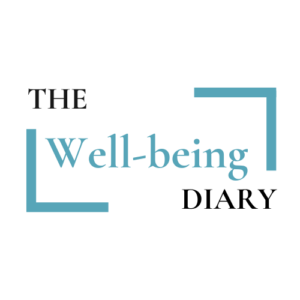The Best Mobility Drills for People Over 40

Aging doesn’t have to mean slowing down. In fact, one of the best things you can do for your body after 40 is to move with intention, grace, and strength. While joint pain, stiffness, and decreased flexibility can become more common with age, they don’t have to define your experience. With the right mobility drills and a commitment to daily movement, you can improve movement quality, support recovery, and extend your longevity well into your later decades.
If you’ve been wondering how to improve mobility after 40, this guide offers the perfect place to start.
Why Mobility Matters After 40
Mobility refers to your ability to move a joint through its full range of motion with control and stability. It differs from flexibility, which is more about passive range of motion (like touching your toes). As we age, mobility becomes increasingly important for maintaining independence, avoiding injury, and feeling comfortable in our bodies.
Here’s why mobility training deserves a spot in your routine after 40:
- Supports joint health and circulation
- Reduces risk of falls and injuries
- Improves posture and balance
- Eases joint pain and stiffness
- Aids recovery after workouts or long days
- Enhances movement quality for daily tasks
In short, it’s not about becoming a gymnast—it’s about aging gracefully and feeling good doing it.
Key Areas to Focus On
Certain joints and muscle groups benefit the most from mobility training, especially after 40:
- Hips – tight hips can lead to lower back pain and limit your walking stride
- Shoulders – essential for posture, reaching, and overhead movements
- Ankles – limited ankle mobility affects balance and gait
- Thoracic Spine (mid-back) – crucial for posture and rotation
- Hamstrings and calves – improve flexibility and ease daily movement
The following low-impact exercises and drills are gentle on your joints but effective in improving flexibility and easing stiffness.
Daily Mobility Drills for People Over 40
These mobility drills are beginner-friendly, safe for aging joints, and designed to reduce stiffness while enhancing overall flexibility and movement quality.
1. Cat-Cow Stretch (Spinal Mobility & Core Warm-Up)
How to do it:
- Begin in a tabletop position (hands under shoulders, knees under hips).
- Inhale and arch your back (cow), lifting your tailbone and chest.
- Exhale and round your spine (cat), tucking your pelvis and chin.
- Repeat slowly for 10–12 reps.
Why it helps:
This yoga-inspired move warms up the spine, eases stiffness, and encourages awareness of your posture—an excellent start to any mobility routine.
2. Hip Circles (Hip & Lower Back Mobility)
How to do it:
- Stand or start in tabletop position.
- Move your hips in a slow, circular motion—forward, to the side, back, and around.
- Reverse direction after 5 reps.
Why it helps:
This drill reduces tightness in the hips and lower back, where many over-40 adults tend to carry tension.
3. Thoracic Spine Rotations (Posture & Mid-Back Mobility)
How to do it:
- Sit on your heels or a low stool.
- Place your hands behind your head, elbows wide.
- Rotate your upper body slowly to one side, then the other.
- Keep your hips facing forward.
Why it helps:
Rotating the spine keeps your posture healthy and helps prevent the hunched-forward stance common with aging.
4. Wall Angels (Shoulder & Upper Back Mobility)
How to do it:
- Stand with your back against a wall, feet a few inches away.
- Raise your arms into a goal post position and slowly slide them up and down the wall.
- Try to keep your elbows and wrists in contact with the wall.
Why it helps:
This is a simple way to counteract the effects of screen time and poor posture. It gently works the shoulder joints while reinforcing posture control.
5. 90/90 Hip Stretch (Deep Hip Flexibility)
How to do it:
- Sit on the floor with one leg bent in front at 90 degrees, and the other bent behind you at 90 degrees.
- Lean forward gently over your front leg.
- Switch sides after 30 seconds to 1 minute.
Why it helps:
The 90/90 stretch opens up tight hip muscles, which are often the source of joint pain and stiffness after 40.
6. Ankle Rockers (Ankle Mobility)
How to do it:
- Stand facing a wall.
- Place one foot a few inches from the wall and bend the knee toward the wall without lifting your heel.
- Rock back and forth gently 10 times, then switch sides.
Why it helps:
Improving ankle flexibility enhances balance and stride, supporting healthy aging and reducing fall risk.
7. Child’s Pose with Side Reach (Back, Hips, Lats)
How to do it:
- Begin in child’s pose with knees wide, arms outstretched.
- Walk your hands to one side to stretch the opposite side body.
- Hold for 30 seconds, then switch.
Why it helps:
This calming stretch helps release tension in the hips, lower back, and upper torso—all of which affect movement quality.
Tips for Long-Term Mobility Success
Improving mobility is a journey, not a quick fix. Here’s how to support long-term progress:
- Be consistent, not aggressive: Gentle, daily mobility work is more effective than occasional intense sessions.
- Pair stretching with movement: Static stretching helps, but pairing it with dynamic low-impact exercise (like walking, yoga, or swimming) amplifies results.
- Prioritize recovery: Use mobility work as a cool-down or recovery tool after workouts or long workdays. This promotes tissue health and reduces soreness.
- Respect your body’s limits: Aging bodies respond best to patience and intention. Never push through sharp pain—listen, adapt, and go slow.
- Try yoga or tai chi: Both offer full-body mobility, flexibility, and balance benefits, especially for adults over 40. They’re also excellent for stress relief and mindfulness.
What to Do Next
If you’re just starting out, aim for 5–10 minutes of mobility drills each morning or evening. Combine that with a few low-impact exercises throughout the week—like yoga, walking, cycling, or swimming—and you’ll begin to notice a big difference in how you feel.
You may also consider working with a physical therapist or mobility coach to create a personalized plan that fits your goals, fitness level, and any joint pain concerns.
Final Thoughts
Aging is natural, but losing mobility doesn’t have to be. By focusing on movement quality, joint health, and gentle flexibility training, you’re giving your body the care it deserves—now and in the years to come. Whether you’re dealing with stiffness, starting a new wellness journey, or just looking to feel more limber, these mobility drills are a powerful step toward better aging and lifelong vitality.
FAQ
Why does mobility become more important after 40?
As we age, joints naturally lose some of their range of motion due to wear and tear, reduced activity, and muscle imbalances. Mobility work helps maintain joint function, prevent injuries, and support daily comfort and independence.
How often should I do mobility exercises?
Aim for at least 5–10 minutes of mobility work daily. Consistency is more important than intensity—gentle, regular practice yields better long-term results than occasional long sessions.
Can mobility drills help with joint pain?
Yes! Mobility exercises improve circulation, reduce stiffness, and promote better joint alignment, all of which can alleviate or prevent joint pain, especially in areas like hips, knees, and shoulders.
Are these exercises safe if I have arthritis?
Most of the drills listed are low-impact and joint-friendly, but it’s best to consult with a physical therapist or doctor to tailor the routine to your specific needs and limitations.
What's the difference between mobility and flexibility?
Flexibility is the ability of a muscle to stretch passively, while mobility is the ability to move a joint actively through its range of motion with control. Mobility includes flexibility, strength, and coordination.
Can I combine mobility training with other workouts?
Absolutely! Mobility work complements strength training, cardio, and even yoga. Use it as a warm-up, cooldown, or standalone practice to enhance your overall performance and recovery.
What if I feel stiff every morning---what's the best time to do these?
Many people find that doing mobility drills in the morning helps “wake up” the body and reduce that stiff, creaky feeling. However, the best time is whenever you can consistently fit it into your day.
